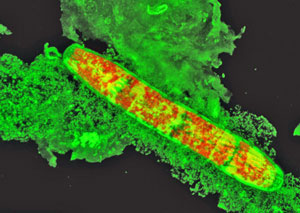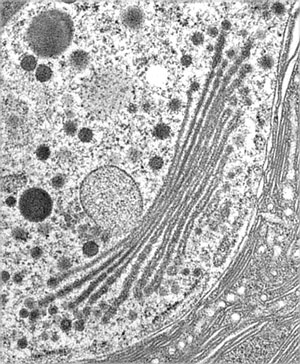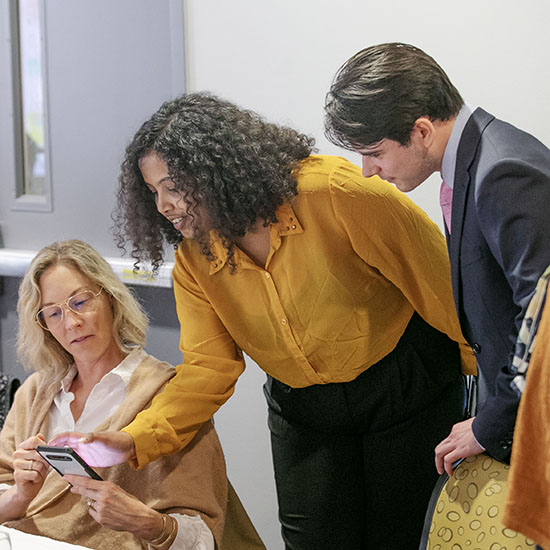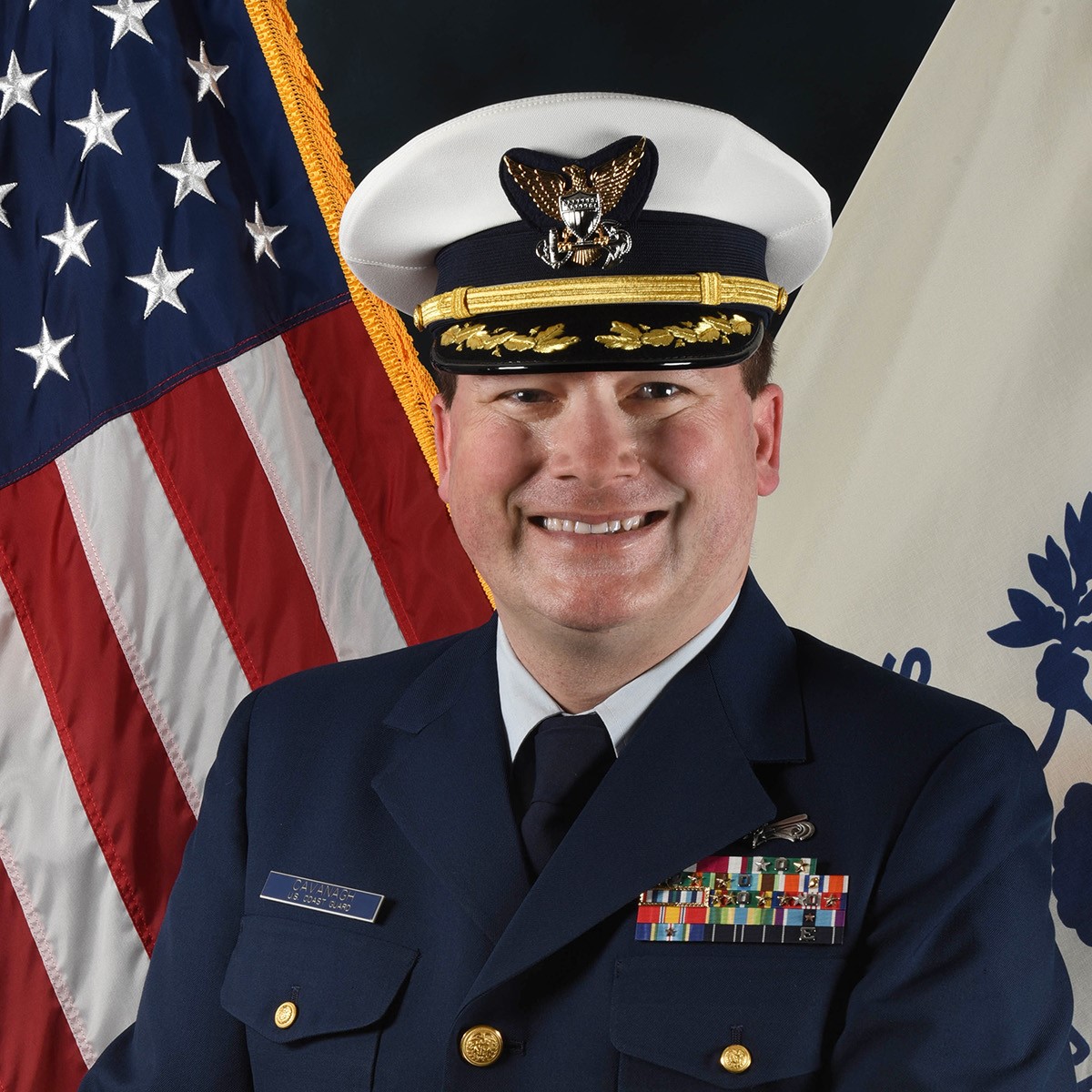NSF supports plant-cell research
Land animals evolved from water-living fauna, and land plants evolved from aquatic green algae. Just as the animals’ skins changed to cope with a dry and sunlit environment, plants’ cell walls adapted too. The cell-wall biochemistry behind that wet-to-dry transition is still crucial for today’s plants, especially in the droughts and floods of climate change. Deciphering the full complexity of plant cell walls is the goal of Skidmore biology professor David Domozych, who has won a three-year, $383,000 grant from the National Science Foundation.

“The evolution of land plants from aquatic green algae 475 million years ago was one the most profoundly important events in the history of our planet,” Domozych notes. “It set the stage for the emergence of other organisms onto land”—and for humans’ reliance on plants for food, shelter, textiles, medicines, and fuel. What’s the secret to plants’ success on earth? He says, “The chemistry and architecture of the cell walls of terrestrial plants and their algal ancestors hold the answers to their survival.”
Domozych’s lab works with a green alga called Penium margaritaceum in experiments on cell-wall development and repair. He says using “this unicellular model for understanding how plants construct their cell walls” greatly facilitates detailed studies. The Penium cell wall contains a complex matrix of polymers, including cellulose and pectins. With previous NSF grants, Domozych has shown that selectively dissolving the cell wall can trigger the alga to rebuild this matrix by rapidly secreting fresh pectins around the cell. With this latest grant, he says, he and his students will develop and apply new methods in cell and molecular biology “to dissect the biosynthetic machinery of Penium’s cell walls.

Penium's Golgi bodies (seen under transmission electron
microscopy) are responsible for synthesizing and packaging
cell-wall components.
The researchers will study the organisms under conditions ranging from water stress to desiccation, employing cutting-edge biochemical techniques as well as high-resolution microscopy, including confocal laser-scanning and transmission electron microscopes (Domozych is director of Skidmore’s Microscopy Imaging Center). During the three-year grant period, the lab’s results will be posted here.
The project will engage Skidmore students in all aspects of the research, in both academic years and summers, and host annual workshops at both Skidmore and Cornell University, where Domozych has partnered in prior research. In addition, the new grant will introduce local high school students to advanced lab work through a summer Young Scholars Biology Institute and will help elementary school students explore biology through a Saturday morning program. The grant will also fund a research associate to help guide the lab operations.
To learn more about science at Skidmore, register to attend the Science Summit on October, 24, 2015.


